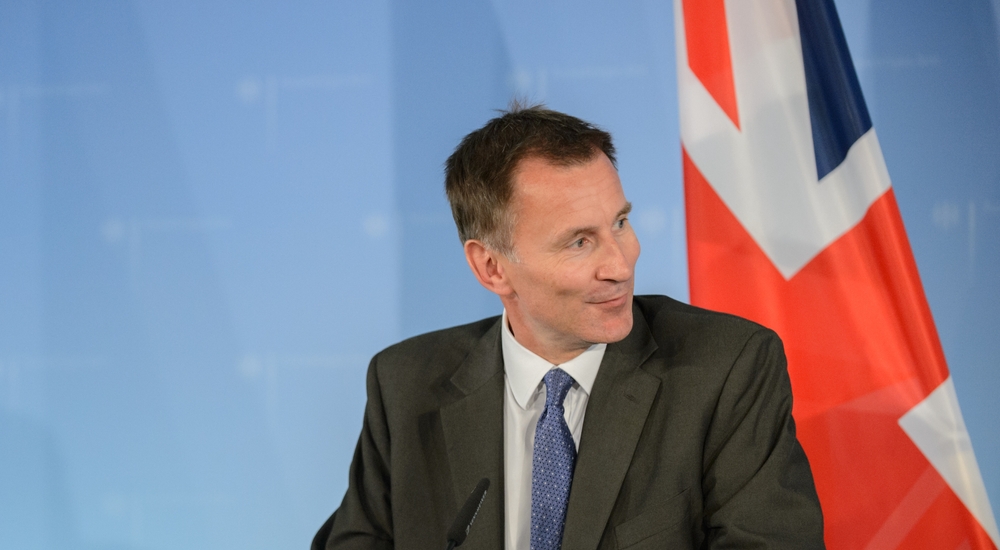The UK announced a new regime of penalties and surcharges for submitting late VAT returns and VAT payments starting in January 2023. Under this new system, taxpayers will see the possibility of getting a penalty or surcharge from HRMC increase.
Currently, if a company does not submit its VAT return on time and the payment of the required amount is not deposited into HMRC’s bank account by the due date, it is liable to the default surcharge regime.
A business with a default VAT registration will therefore go through the default surcharge regime, even though no surcharge will be payable where no VAT is due, or a refund is due. The rate used for the default surcharge (from 2% to 15%) will differ depending on the number of defaults within the 12-month surcharge period.
Under the current regime, if the turnover for a period is less than £150,000, there is not surcharge but if you default within 12 months you enter a surcharge period. For the 3rd default there is a 2% surcharge (or no surcharge if is less than £400). In case of additional defaults, the surcharge can reach up to 15% of the defaulted amount.
Notwithstanding the fact that there are advantages and disadvantages of any specific system, the default surcharge regime applies equally to all companies registered for VAT, so it may appear to be more discriminatory to those companies that may have only missed an occasional deadline.
The new penalty system, in place from January 2023 onwards, will be a point-based system for both late submissions and late payments, in an apparent attempt to impose a level of penalty proportionate to the importance of non-compliance with VAT regulations.
According to the new system, a taxpayer will receive one point penalty for every time it submits a late VAT return. Once the business reaches a certain amount of penalty points, penalties will be imposed by HMRC.
Penalties will be imposed when penalty thresholds are reached as follows:
- Annual VAT returns 2 points.
- Quarterly VAT returns 4 points.
- Monthly VAT returns 5 points.
Most taxpayers in the UK are required to file only quarterly VAT returns.
Once the above penalty threshold is reached, the taxpayers will receive a sanction of £200. Despite no further penalty points being added, an additional sanction of £200 will be applied for each subsequent late submission.
It will be possible for a taxpayer to clear the penalty point balance. This will only happen if HMRC has received all pending VAT returns for the previous 24 months and the taxpayer has been submitting VAT returns on time for 24 months in case of companies submitting annual VAT returns, 12 months for companies submitting quarterly VAT returns, or 6 months for companies submitting monthly VAT returns.
The most favourable part of the new reform is the possibility to pay VAT late within a 15-day grace period without penalties or surcharges.
The taxpayer will receive a first penalty calculated at 2% on the VAT they owe at day 15 if they pays in full or agree a payment plan on or between days 16 and 30.
They will receive a first penalty calculated at 2% on the VAT they owe at day 15 plus 2% on the VAT they owe at day 30.
They will receive a second penalty calculated at a daily rate of 4% per year for the duration of the outstanding balance. This is calculated when the outstanding balance is paid in full or a payment plan is agreed.
In order to facilitate the transition to the new system, HMRC is allowing a changeover period starting on 1 January 2023 and ending on 31 December 2023. During this time, HMRC will not charge a penalty for the first delayed payment if the taxpayer transfers the VAT amount within the first 30 days of the deadline.
There are still doubts regarding various aspects of the new penalty reform. For istance it’s unclear wheter the penalties for late submission and the penalties for late payments will concur or be alternative.
However in general this reform appears to be more lenient for the occasional defaults.

